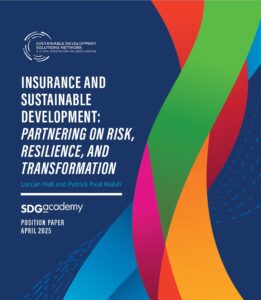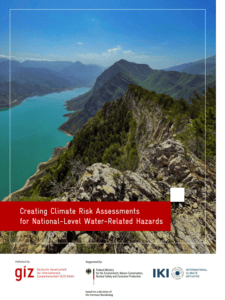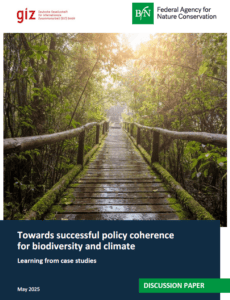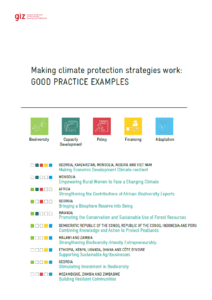Viet Nam currently is one of the top five countries most vulnerable to climate change (World Bank, 2019). Every year, Viet Nam invests billions of US dollars into long-term infrastructure projects, particularly coastal protection infrastructure (Nguyen X. T. and David D. 2009). However, future climate conditions are seldom considered systematically in the planning of such infrastructure, leading to bad investment decisions and consequently to high risks for economic losses in the face of emerging climate change. In compliance with Viet Nam’s commitment to achieve goal 9 (Industry, Innovation and Infrastructure) of the UN Sustainable Development Goals (SDGs), part of which is making infrastructure sustainable and resilient, and plan to set out and implement its Socio-Economic Development Plan (SEDP), National Adaptation Plan (NAP) and Nationally Determined Contributions (I) NDCs, efforts are being made to increase resilience of infrastructure nationwide. This article summarizes some initial findings of Viet Nam’s efforts and presents an innovative approach with 3 strategic measures: 1) To enhance provision of user-friendly climate services for infrastructure planners; 2) To enhance the use of climate services and consideration of climate risk assessment for infrastructure planning process and 3) To mainstream the approach of climate-proofing for infrastructure into the SEDP, NDC and NAP of Viet Nam.
The article provides an insight into Viet Nam’s strategy of enhancing climate services as a basis for mainstreaming climate change adaptation into infrastructure planning. It was translated and adapted from the Vietnamese original, which was published March 2019 in the Journal of Economy Forecast Review, No. 7, Volume 03/2019, pp.10 – 15





